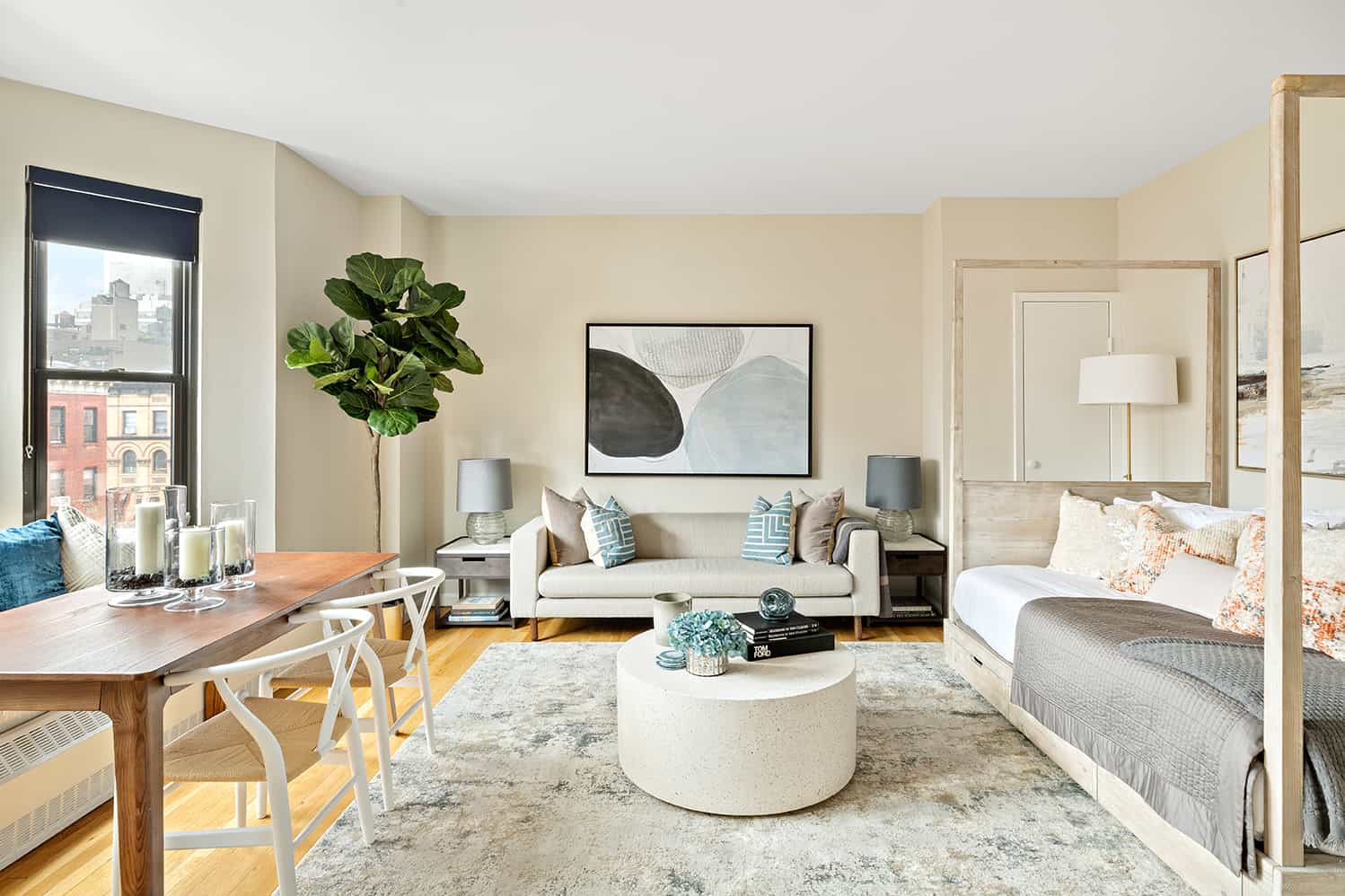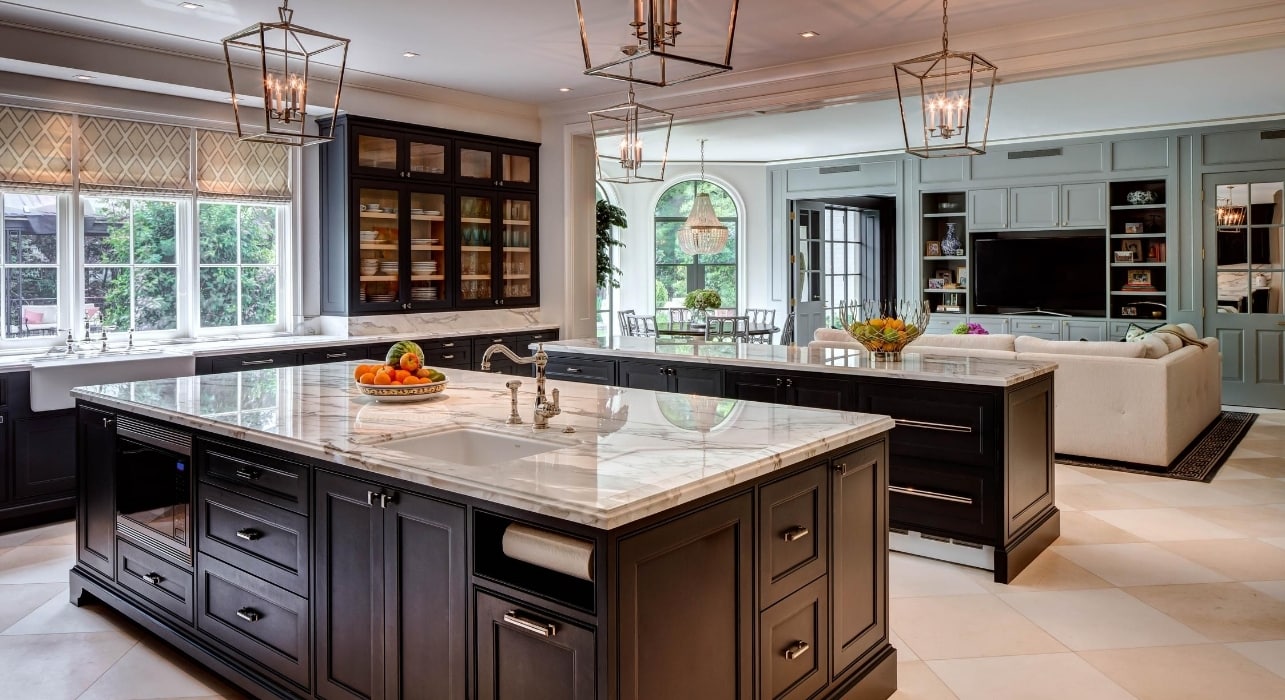Welcome to the vibrant intersection of real estate and interior design! In this guide, we’ll explore how understanding interior design can significantly enhance the real estate market, increase property values, and create inviting spaces that resonate with homebuyers. Drawing from my personal experiences and industry insights, we’ll dive into tips, trends, and strategies that empower both homeowners and real estate professionals.
Understanding the Importance of Interior Design in Real Estate
In a world where first impressions matter, the role of interior design in real estate cannot be overstated. As a former real estate agent, I’ve seen firsthand how well-designed spaces can influence potential buyers. Here’s why interior design is crucial:
- Increased Property Value: Properties with thoughtful design and staging often sell for more.
- Faster Sales: Homes that are aesthetically pleasing attract buyers more quickly.
- Emotional Connection: Well-designed interiors foster a sense of comfort and belonging.
Key Elements of Interior Design That Boost Real Estate Value
1. Space Planning and Layout
A functional layout is vital. Open floor plans are trending, allowing for better flow and utilization of space.
2. Color Schemes
The right color palette can drastically change a room’s mood. Neutral colors are often preferred as they appeal to a wider audience.
3. Lighting
Natural light is a massive selling point. Incorporate adequate lighting solutions to make spaces feel larger and more welcoming.
Comparison Table: Impact of Design Elements on Property Value
| Design Element | Impact on Value | Buyer Appeal |
|---|---|---|
| Space Planning | High | High |
| Color Schemes | Medium | Medium |
| Lighting | High | High |
Home Staging: A Game Changer in Real Estate
Home staging acts as a bridge between real estate and interior design, creating a vision in the buyer’s mind. Here’s how staging can create magic:
Benefits of Home Staging
- Maximizes Space: Staging helps buyers visualize how to use spaces effectively.
- Creates Emotional Appeal: Dressed homes often elicit emotional responses—helping buyers imagine their lives there.
- Competitive Advantage: Staged homes stand out in listings, often leading to quicker sales.
Pros and Cons of Home Staging
Pros
- Increased buyer interest.
- Faster sales and higher offers.
Cons
- Cost of hiring a stager or renting furniture.
- Time investment for staging and de-staging.
Integrating Real Estate Trends with Interior Design
Staying updated on real estate market trends is essential for both realtors and interior designers. Here are some current trends to consider:
1. Sustainable Design
Eco-friendly materials and designs are gaining traction. Buyers are increasingly looking for homes that align with their values.
2. Smart Home Integration
Smart technology is a hot commodity. Integrating tech seamlessly into design creates value and appeal.
3. Outdoor Living Spaces
Spaces that offer a connection with nature, like patios or balconies, are now more desirable than ever.

Personal Experience: Success Stories in Real Estate and Design
Throughout my career, I encountered numerous situations where design played a crucial role in closing deals. For example, in one instance, a home with a poorly laid-out kitchen sat on the market for months. After consulting with an interior designer, we reconfigured the layout and painted the walls in soft shades. Within weeks of staging the home, we received multiple offers and sold it above the asking price.
Practical Tips for Homeowners and Real Estate Agents
Homeowners:
- Invest Wisely: Focus on updates that offer the highest ROI, like kitchen remodels or bathroom upgrades.
- Embrace Minimalism: Declutter and simplify your decor to enhance perceived space.

Real Estate Agents:
- Partner with Designers: Build relationships with interior designers for staging services.
- Highlight Design Features: In listings, accentuate qualities that make properties unique, such as architectural details.
FAQs
How can I increase my home’s value through interior design?
Prioritize updates like kitchen and bathroom remodels, use neutral colors, and improve lighting. Consider professional staging when selling.

What is home staging and why is it important?
Home staging is the process of preparing a home for sale in the real estate marketplace. It enhances the home’s appeal, making it easier for buyers to envision themselves living there.
Are there specific interior design styles that sell homes faster?
Contemporary and transitional styles tend to appeal to a broad audience, which can help sell homes faster. Aim for a balance of modern aesthetics with classic elements.
